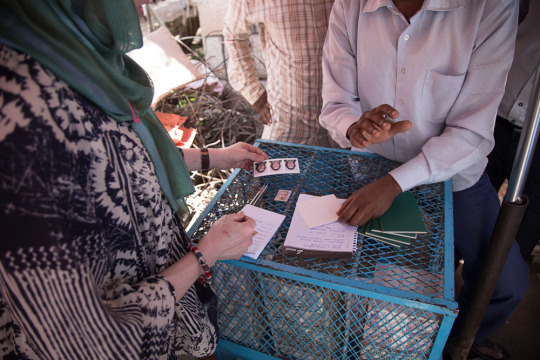Text
Somaliland 2013
For more photos from my trip to Somaliland, Mogadishu and Ethiopia, visit www.jameshopkirk.com...
5 notes
·
View notes
Photo

4 notes
·
View notes
Photo
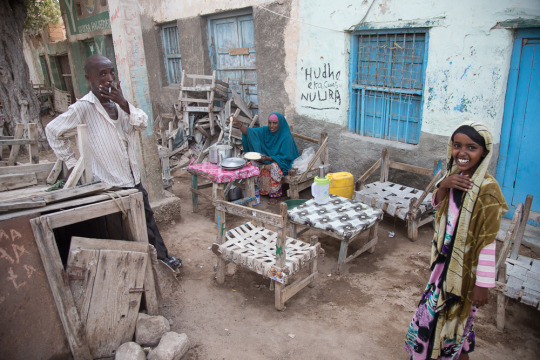
16 notes
·
View notes
Photo

1 note
·
View note
Photo

11 notes
·
View notes
Photo

3 notes
·
View notes
Photo

2 notes
·
View notes
Photo

3 notes
·
View notes
Photo
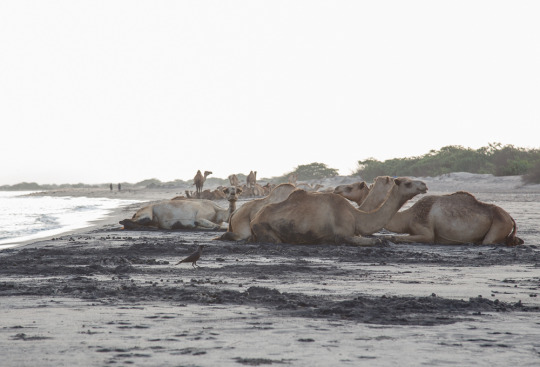
24 notes
·
View notes
Photo
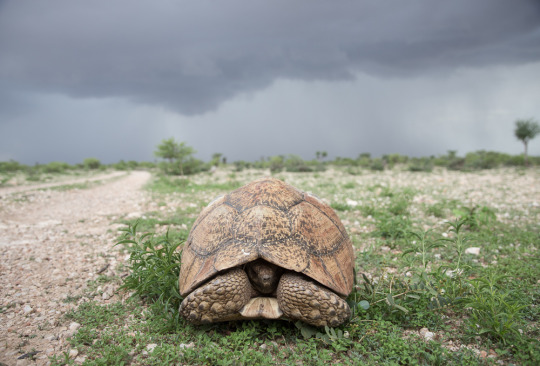
30 notes
·
View notes
Photo

1 note
·
View note
Photo

0 notes
Photo
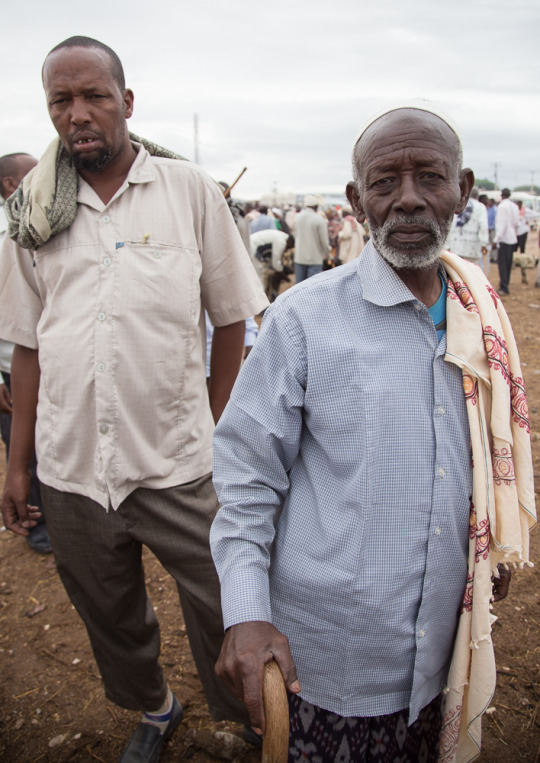
0 notes
Text
Mogadishu 2013
For more photos from Mogadishu, visit www.jameshopkirk.com
© James Hopkirk / Condé Nast Traveller 2013 (a slightly abridged version of this article appeared in the October issue)
Lockdown City
At the best hotel in hell you can expect simple, clean rooms and the usual mod-cons: Wi-Fi, air-conditioning, a restaurant – and complimentary body armour. Welcome to Mogadishu. Words and photographs by James Hopkirk
After 20 years of devastation at the hands of warlords, terrorists and a succession of foreign armies, you won’t find Mogadishu in a Trailfinders brochure any time soon. But as the security situation slowly improves in the Somali capital – with a little help from 17,000 African Union troops – a tourist industry of sorts is starting to emerge.
This was once a thriving coastal hub, with grand Italian architecture, a cathedral, luxury hotels, bars and even a disco. As recently as the 1980s, women were seen in miniskirts and holidaymakers flocked to enjoy the glorious sunshine and white sand beaches.
Mogadishu today feels not so much like a different era as a different planet. Of its former glories, only the beaches remain unscathed. But in 2011, weakened Al Shabaab militants were finally forced out of the capital by the peacekeepers and while the war is by no means over, the city is no longer the frontline.
Kidnapping, murder and improvised explosive devices remain very real risks for visitors, and if you’re looking for international hotel chains or Egyptian cotton sheets then this is not the city break for you. But for intrepid travellers it’s a rare opportunity to leave other tourists behind and explore a city decimated by war – but where a sense of hope is returning and the first stage of a vast rebuilding project is underway.
Regular flights are now scheduled via Dubai, Istanbul and Nairobi and the (admittedly high) costs for tourists seem to be falling, so if you’re prepared to accept heavy security, limited freedom of movement and basic facilities, it’s never been easier or more affordable to visit Mogadishu.
Sleep
One man is spearheading the growth of tourism in the city: Bashiir Yusuf Osman, the resourceful, forward-thinking owner of the Peace Hotel. This is a man who at the height of the violence, when most businessmen fled, saw a need for secure accommodation – and provided it.
Described by Time Magazine in 2007 as “the best hotel in hell”, the Peace Hotel, now with its sister operation the Peace Hotel 2, offers simple but clean rooms along with the usual mod cons: wifi, air con, buffet restaurant – and complimentary body armour.
There are many hotels in Mogadishu, but what separates Bashiir’s operations is the security. Included in the package is your very own team of highly trained, AK47-wielding bodyguards, who accompany you whenever you leave the hotel’s fortified gates.
Both hotels are situated conveniently near the airport and are set in high-walled compounds with barbed wire, blast defences and 24-hour armed security. Most guests are journalists and international NGO staff, but last year around 20 trailblazing tourists came to stay, and Bashiir expects more this year.
Security
In Mogadishu you need armed security with you at all times. This typically involves five or more bodyguards perched on the back of a pick up truck, packing an intimidating array of assault rifles and machine guns. Every time you stop, they’ll fan out around you and take up defensive positions. It’s quite an experience.
This level of protection is not a luxury. Even with your heavies, this is a very dangerous place to visit. Without them, it’s a suicide mission. Al Shabaab and other Islamist militant groups specifically target foreign nationals, and while the frontline may no longer be in the city, guerrilla attacks and assassinations are still a regular feature. And if Al Shabaab don’t get you, heavily armed criminal gangs surely will. As a western tourist you will be extremely conspicuous and you represent a significant kidnap ransom – so you need men with guns on your side.
The security can be frustrating. When touring the city you can’t stop anywhere for long – many of your photos will be taken through your vehicle’s windscreen and conversations with local people will be cut short as you’re ushered back to the car. But you will be allowed to get out and walk around at times and stop for the odd coffee and samosa. And your bodyguards will obligingly pose with you for that must-have “I’ve been to Mogadishu” snapshot.
See
If you’re in the city for just 24 hours, then a half-day city tour in a 4x4, with your bodyguards riding shotgun, will probably be the highlight of your stay. For longer trips Bashiir can organise homestays with Somali families, excursions to remote beaches – and with a bit of notice he can even secure you guest of honour status at a Somali wedding.
War damage
Mogadishu is unsurprisingly low on traditional sights – but perhaps what most tourists will come to see is the impact the war has had on the city. Everywhere you turn, bullet holes and shrapnel damage scar the architecture. Many buildings have been almost completely destroyed, including the old parliament. But what’s remarkable is that life carries on in and around the charred, skeletal remains of once grand constructions. And for all the devastation, new buildings are springing up all over the place.
Liido Beach
Mogadishu’s famous city beach is one of the most popular spots in town and, since the retreat of Al Shabaab, it’s packed with families at weekends. The Indian Ocean here is a glorious shade of turquoise and the water is invitingly warm – only the barbed wire and twitchy African Union soldiers will remind you that you’re still a few hundred miles from the Seychelles. It’s not yet safe for tourists to swim from the main beach, but the neighbouring Liido Seafood Restaurant offers a secure stretch of sand where customers, including foreigners, can go for a dip.
The Lighthouse
Mogadishu’s most iconic architectural relic, battle-scarred and crumbling, it’s remarkable that this magnificent Italian-built, turn of the century lighthouse has survived at all. It stands as a reminder of what the city used to be, and what it has lost.
Black Hawk Down
You can still see evidence of the ill-fated 1993 American operation scattered around the city, including the rusting hulks of several US and UN Armoured Personnel Carriers. The fallen Black Hawk helicopters are no longer part of the tour, however. One crash site is now covered by an unremarkable corrugated iron hut, the other obscured by rubble and giant cacti.
Eat
New restaurants are popping up all over town, many owned by Somalis returning from abroad. Even basic Somali cuisine is very tasty, with a sophisticated understanding of spice. Your options as a tourist will be limited, as ever, by security – following a suicide attack on a popular restaurant last year, armed guards, concrete defences and sandbagged machine gun posts are de rigueur at Mogadishu’s top eateries.
Liido Seafood Restaurant
Set on the seafront with its own secure, private section of beach, this is a popular spot that serves fresh fish and lobster.
Villa Sultan
Owned by a Somali businessman who splits his time between Mogadishu and Toronto, Villa Sultan’s raised front terrace offers views of both the heavily fortified airport over the road – and the gleaming ocean beyond it. Food is top notch, especially the samosas, and there’s a large, leafy rear garden that offers respite on hot days.
The Village
With several outposts around the city, this is the only restaurant chain in Somalia with a branch in Hammersmith. The owner is Somali-born but lived in west London for much of his life and his restaurants – both in London and Mogadishu – are highly regarded.
The Peace Hotel
Bashiir imposes a 5.30pm curfew on his guests, so if you’re staying at the Peace Hotel, that’s where you’ll eat dinner. A buffet is included in the room price, and the food consists of simple, international basics such as pasta and stews, along with a few local delicacies. More interesting will be your fellow diners – Somali businessmen, journalists and NGO staff from around the world.
Shopping
The place to shop in Mogadishu is the infamous Bakaara Market, an open air street market in the city centre where you can buy everything from washing machines and mobile phones to rocket propelled grenades and fake passports. This is a crowded, bustling place – which makes it potentially very dangerous for tourists.
You’ll drive through here on your city tour, but if you want to get out and walk around you’ll need to agree this with Bashiir well in advance. Then, if the security situation on the day permits, you’ll have to don body armour before leaving your vehicle. In a market where you can pick up an AK47 with your weekly shop, not everyone here will have your best interests at heart.
Nightlife
As a strict Muslim society, alcohol is completely illegal in Somalia. Officially there is no booze anywhere in Mogadishu – so consider this a chance for a detox, albeit without the accompanying spa treatments.
The Peace Hotel’s curfew means you’ll be watching what nightlife there is from the hotel roof. While Al Shabaab ruled the roost, the city shut down at 5pm, but a British and Norwegian-funded project has seen new solar powered streetlights introduced on one of the capital’s main thoroughfares and as a result local people are starting to come out at night again. How long before it’ll be safe for tourists to join them remains to be seen.
Coming soon
Ever the entrepreneur, Bashiir has bought a large plot of land on Jazira Beach, just south of the city. It’s a beautiful, unspoilt spot, where the white sand stretches for miles, as yet unsullied by the urban sprawl.
Bashiir is preparing to build Mogadishu’s first beach resort here – a large, secure, high-walled compound with “Mombasa-style” beach huts for guests, aimed at tourists, wealthy Somalis and NGO staff in need of R&R. It’s an ambitious project, and one that would have been unthinkable just a couple of years ago. But provided security can hold in the city, Bashiir expects it to open in 2014. Book your sun lounger now…
© James Hopkirk / Condé Nast Traveller 2013 (a slightly abridged version of this article appeared in the October issue)
1 note
·
View note
Photo
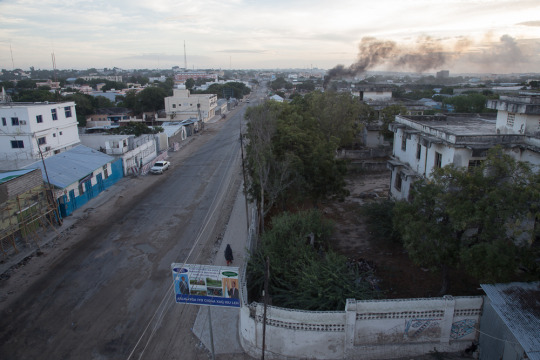
Mogadishu at dawn, shot from the roof of the Peace Hotel 2, where we were staying. Just two years ago taking this photo would have been suicide, with snipers hidden all over the city. Even today, it's risky and I took most of my rooftop shots from behind a wall using a remote control and a tripod.
2 notes
·
View notes
